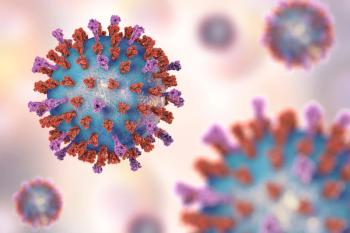
Researchers Accelerate Hepatitis C Vaccine Search
An HCV vaccine, while elusive, offers the best hope to eradicate the virus.
A vaccine to control the spread of hepatitis C virus (HCV) has been a goal for researchers for years, but thus far has remained elusive.
In light of this challenge, researchers from the University of Illinois at Urbana-Champaign utilized various statistical science models to develop a novel computational platform to accelerate the development of an HCV vaccine.
"Effective drug treatments have recently become available, but their high cost makes them effectively unavailable in the developing world where most infections exist,” said Andrew L. Ferguson, assistant professor of materials science and engineering and of chemical and biomolecular engineering. "A vaccine offers the best hope for global control of the epidemic, but despite 20 years of study, none yet exists. A challenge to vaccine design is that we do not know what parts of the virus we should target to best protect the host. In other words, we do not know how to hit the virus where it hurts. In this work, we present an approach to systematically identify vulnerable targets and computationally design hepatitis C vaccine candidates predicted to cripple the virus."
The researchers utilized what they called “spin glass" models developed from statistical physics that describe the behavior of magnets and fluids. From this they translated clinical databases of HCV sequences into "fitness landscapes" that quantify the replicative ability of HCV as a function of amino acid sequence, the researchers explained.
In evaluating the fluctuations of viral fitness, this fitness landscape indicates the optimal method to attack HCV in order to “force it from the high-fitness peaks down into the low-fitness valleys where it is least able to replicate and harm the host,” the authors wrote.
"We have computed the fitness landscape for the hepatitis C virus protein responsible for viral replication to identify parts of the virus most susceptible to immune attack," said first author Gregory R. Hart, a graduate researcher in physics.
Investigators used the fitness model model to evaluate 16.8 million vaccine candidates that identified 86 optimal formulations that target vulnerabilities in the virus that may be susceptible to a vaccine-generated immune attack by the T cells of the host immune system.
Newsletter
Stay informed on drug updates, treatment guidelines, and pharmacy practice trends—subscribe to Pharmacy Times for weekly clinical insights.




